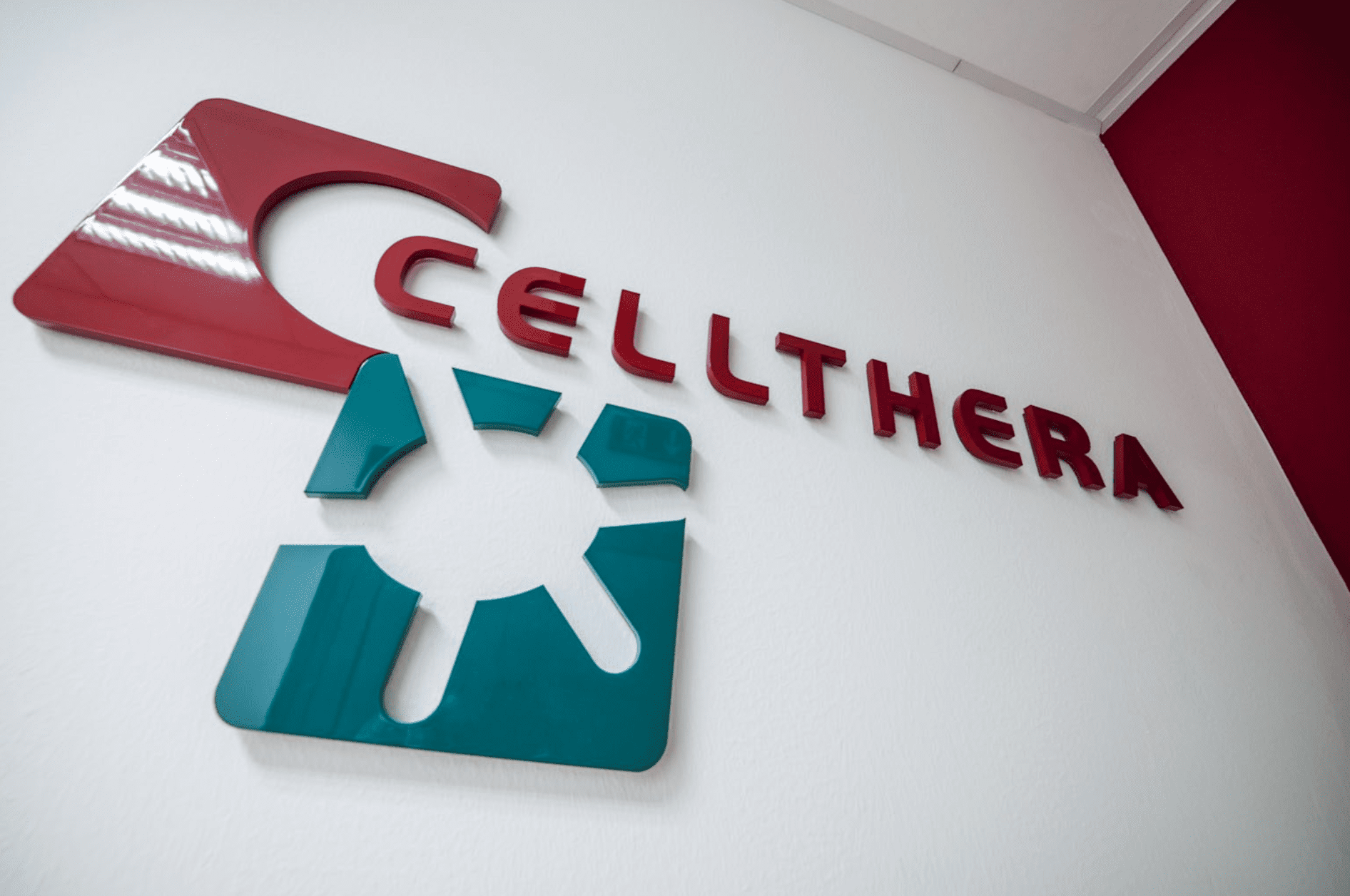What is Aortic Aneurysm?
Aortic aneurysm is bulbous aorta protrusion – main artery transporting blood through the body. Aortic aneurysms tend to exfoliate or breakthrough:
- pulsing blood intensity splits the artery layers, letting blood to get between them. Such actions are known as dissection.
- aneurysm ruptures fully, provoking bleeding.
Dissections and ruptures are grounds for pathological fatal outcomes.
Aortic aneurysm types
- Thoracic aorta disease. Both sexes are evenly susceptible to this type occurring more frequently with age.
- Abdominal aortic aneurysm – more common than aforementioned ones and more frequently met in men over 65. Pathologies often have roots in atherosclerosis, but can result from virus or trauma.
- Aneurysms occurring in other structures. Pathology rupture in the brain becomes a catalyst for the pre-stroke condition development. Peripheral aneurysms occur in groin or under the knees have higher rupture probability, sometimes causing blood clots.
Aortic aneurysm cause
Aortic abdominal aneurysm root hasn’t yet been identified – like for other types. But, it’s determined that certain processes increase the formation likelihood. Let’s look at main factors.
- Smoking – addiction directly harms artery sides, raising the bloating risk.
- Hypertension. Atrial pressure acts on vessels, making the aorta weak.
- Vessel inflammation. Nevertheless, severe inflammation in arteries is rare.
Aortic aneurysm symptoms
Mostly, aneurysms don’t show symptoms till their rupture. If pathology still breaks, then symptomatology is as follows:
- heavy abdomen or back ache;
- pain that goes from the abdomen or back to thighs, legs and buttocks;
- strong sweating feeling and skin stickiness;
- increased heart pulsation speed;
- possible shock or consciousness loss.
If first alarm signals appear, immediately contact a specialist. Ruptured aneurysms cause irreparable damage.
Aortic aneurysm diagnosis and treatment
Unruptured defects are diagnosed when physician performs examines abdominal cavity for completely different reasons. If specialist suspects the pathology presence, he/she probes the abdomen for elasticity and the pulsating mass content. It’s possible to inspect the circulation in legs or prescribe following:
- CT or ultrasound;
- chest X-ray;
- abdomen MRI.
Aortic aneurysm treatment can be different, everything is determined by general physical condition, exact covering part, aneurysm development stage and type, etc. Consider treatment ways.
- Open abdominal surgery – chosen if damaged aorta parts need being removed. Invasive operation type requiring a long recovery – with large aneurysm abdominal aortic diseases or ruptures.
- Vascular surgery. Transplants are involved for stabilizing the weak aorta walls.
- Monitoring. For small size pathologies (less than 5.5 cm wide), the doctor prescribes periodic examinations instead of surgery.




